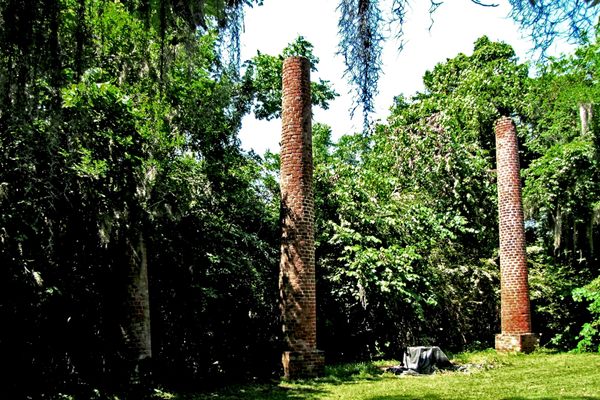Ordos, China’s Desolate City of Ghosts
Ordos, China (all photographs by Darmon Richter, The Bohemian Blog)
Ordos, a remote city rising out of the deserts of China’s Inner Mongolia region, has been dubbed by some a “City of Ghosts.” On closer inspection though, the term could not be farther from the truth.
In 2003, Ordos city officials proposed the construction of a new residential district — the Kangbashi New Area, a plot covering 130 square miles that was designed to accommodate more than a million people. But something went wrong along the way.
Apartment buildings were completed, but they didn’t sell. Schools, hospitals, shopping malls, and sports grounds were raised up out of the desert, to be met by silence. Whether it was the remote location that deterred potential residents, or, perhaps more likely, the steep price tag attached to a home in this lavish, futuristic city district, only a fraction of these buildings were ever put to use.
Even when the local market crashed in 2011, with house prices falling from $1,100 to $470 per square foot, nobody came. Rather, Kangbashi saw a steady decline. Many arrivals found the place felt empty, soulless, and moved out just as quickly as they had moved in. Today, the population of Kangbashi is reckoned to be somewhere in the region of 25,000 people, and at a mere 2.5% capacity, it may seem that the term “Ghost City” is not unwarranted.
Except, for one important point: Kangbashi has no ghosts.
This is not the lost city of Pripyat, in the Chernobyl Exclusion Zone; it is nothing like Centralia, or any of those other famous ghost towns. Nowhere here will you find the ephemera of lives abandoned, but rather just the bare concrete shells of life that never was.
Ordos itself — with its airport, its old center, its shops and restaurants — is not a populous place. There seem to be more abandoned building sites than homes, more high-rise construction cranes than there are people on the streets. But still, there is life.
In the Kangbashi New Area on the other hand, it is possible to walk for hours without spying another living soul. A handful of residents congregate around the central Genghis Khan Square, they drift about the plaza, the otherworldly museum building, but get out of the center and you’re just two blocks away from a post-apocalyptic wasteland spreading as far as the eye can see.
The people of Kangbashi don’t lock their doors. They don’t need to. Visitors can walk straight inside the unfinished apartments, climb to the rooftops or explore networks of subterranean parking facilities. The hospital is fully prepared, and waiting for its first patient. Meanwhile, the schools of Kangbashi have been equipped with sporting facilities, with computers and musical instruments. Bright brass and leather grows dusty behind unlocked doors.
In fact, the only people you’ll see in the Kangbashi suburbs are maintenance crews. They sweep the streets and mow the grass. On an art installation outside the “Kangbashi Number One School,” a silk scarf hangs around the neck of a young girl cast from bronze; it is removed, cleaned and then retied on a weekly basis.
Many streets in Kangbashi ring with the sound of distant construction; for every building site that has been abandoned — tools dropped and bare concrete left to the mercy of the arid desert climate — there is another where the workers soldier on. Even as many of the city’s construction firms are selling their stock at slashed prices, or going out of business altogether, others are taking up the slack and pushing on towards completion.
“They will come,” insisted a taxi driver named Wei, as he drove me back towards the airport. “You don’t think our city is beautiful? You’ll see. The people will come.”
The sad truth though, is that time is running out for the Kangbashi New Area. There is only so long a city can last like this. Many of the buildings are showing signs of decay, before ever having known life.
Perhaps Wei was right, perhaps those new residents are just around the corner. More likely, it would seem that Kangbashi and all its futuristic architecture is doomed to return, brick by brick, back into the desert from which it was born.
Darmon Richter is a freelance writer, photographer, and urban explorer. You can follow his adventures at The Bohemian Blog, or for regular updates, follow The Bohemian Blog on Facebook.
















Follow us on Twitter to get the latest on the world's hidden wonders.
Like us on Facebook to get the latest on the world's hidden wonders.
Follow us on Twitter Like us on Facebook